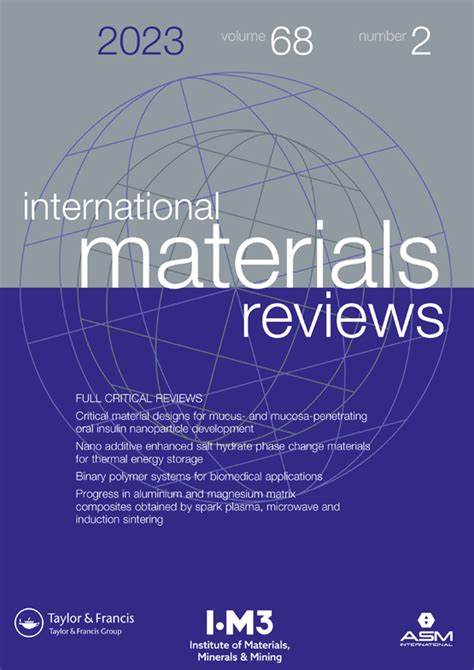Plasma-controlled surface wettability: recent advances and future applications
IF 15.5
1区 材料科学
Q1 MATERIALS SCIENCE, MULTIDISCIPLINARY
引用次数: 25
Abstract
ABSTRACT Materials with the desirable surface wettability are of key importance in diverse applications. However, most of the existing chemical processes used for surface wettability control are often energy-inefficient, pollute the environment, and rely on harsh processing conditions. Therefore, highly-selective, green, and low-cost alternative fabrication techniques are in urgent demand. Low-temperature plasma processing is one such promising approach that satisfies the above requirements. In this review, we present recent advances in plasma processing to control surface wettability for diverse emerging applications in the environment, energy, and biomedicine fields. The underlying mechanisms of the plasma surface engineering, key features of the fabrication processes, and water-surface interactions are discussed. This review aims to guide further development of the plasma processing to effectively control the surface wettability of various surfaces. This effort is poised to contribute to the development of advanced functional materials targeting a broad range of applications.等离子体控制表面润湿性:最新进展和未来应用
具有理想表面润湿性的材料在各种应用中都具有重要意义。然而,用于表面润湿性控制的大多数现有化学工艺通常是能源效率低、污染环境并且依赖于苛刻的加工条件。因此,迫切需要高选择性、绿色和低成本的替代制造技术。低温等离子体处理是满足上述要求的一种很有前途的方法。在这篇综述中,我们介绍了等离子体处理控制表面润湿性的最新进展,用于环境、能源和生物医学领域的各种新兴应用。讨论了等离子体表面工程的基本机制、制造工艺的关键特征以及水面相互作用。这篇综述旨在指导等离子体处理的进一步发展,以有效控制各种表面的表面润湿性。这项工作将有助于开发针对广泛应用的先进功能材料。
本文章由计算机程序翻译,如有差异,请以英文原文为准。
求助全文
约1分钟内获得全文
求助全文
来源期刊

International Materials Reviews
工程技术-材料科学:综合
CiteScore
28.50
自引率
0.00%
发文量
21
审稿时长
6 months
期刊介绍:
International Materials Reviews (IMR) is a comprehensive publication that provides in-depth coverage of the current state and advancements in various materials technologies. With contributions from internationally respected experts, IMR offers a thorough analysis of the subject matter. It undergoes rigorous evaluation by committees in the United States and United Kingdom for ensuring the highest quality of content.
Published by Sage on behalf of ASM International and the Institute of Materials, Minerals and Mining (UK), IMR is a valuable resource for professionals in the field. It is available online through Sage's platform, facilitating convenient access to its wealth of information.
Jointly produced by ASM International and the Institute of Materials, Minerals and Mining (UK), IMR focuses on technologies that impact industries dealing with metals, structural ceramics, composite materials, and electronic materials. Its coverage spans from practical applications to theoretical and practical aspects of material extraction, production, fabrication, properties, and behavior.
 求助内容:
求助内容: 应助结果提醒方式:
应助结果提醒方式:


